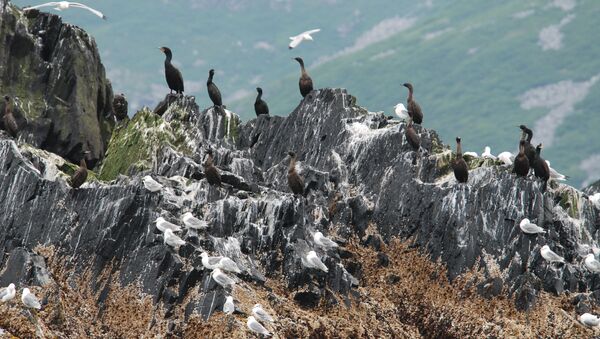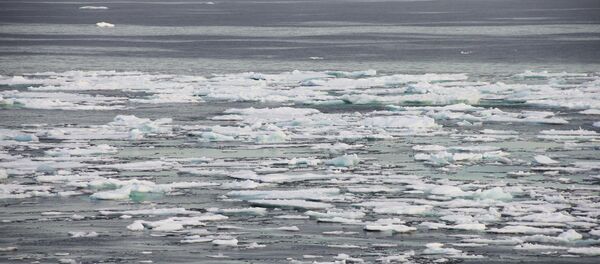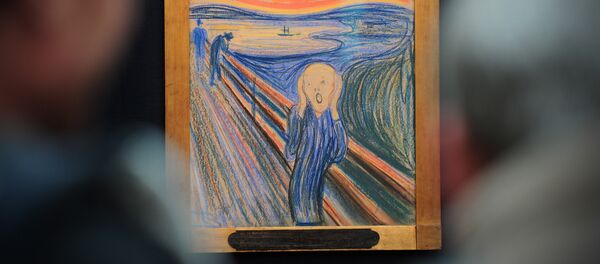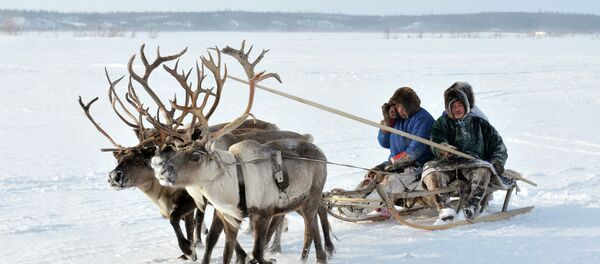In summertime, nesting bird colonies across the Arctic drop tons of ammonia-rich excrement, which later evaporates and reacts with airborne sulfuric acid. With some water added, these molecules may form stable particles, which can eventually grow larger and form so-called cloud condensation nuclei. They function as core for tiny droplets sized one millionth of a meter, of which clouds are formed.
Happiness is time on the beach…#puffins pic.twitter.com/8RQTmmmtje
— Richie Cho (@chorichie) 1 ноября 2016 г.
"I have investigated similar particle formation models farther toward the North Pole. There are no birds there, but there are biomass particles of algae and bacteria," Leck told Swedish national broadcaster SVT.
Remarkably, this is not the first time guano has been linked with particle formation. In a 1999 study, the same effect was discovered from a penguin colony on an island located between New Zealand and Antarctica.
Ang senaste #tsknas @Soranismail #pingviner pic.twitter.com/25g1mRcqgg
— Tobias Balzano (@tobiasbalzano) 7 мая 2015 г.
The only problem is that bird feces, however ample, may be not enough to stop the effects of global warming.
The ice area in the Arctic reached a record low this season, with temperatures up 10 degrees above the norm, ice researcher Rasmus Tonboe at the Danish Meteorological Institute reported. According to Tonboe, the present-day ice deficit may create a vicious circle: as it clearly takes more time for the ice to grow thick in winter given the elevated temperatures, it melts faster in summer.





